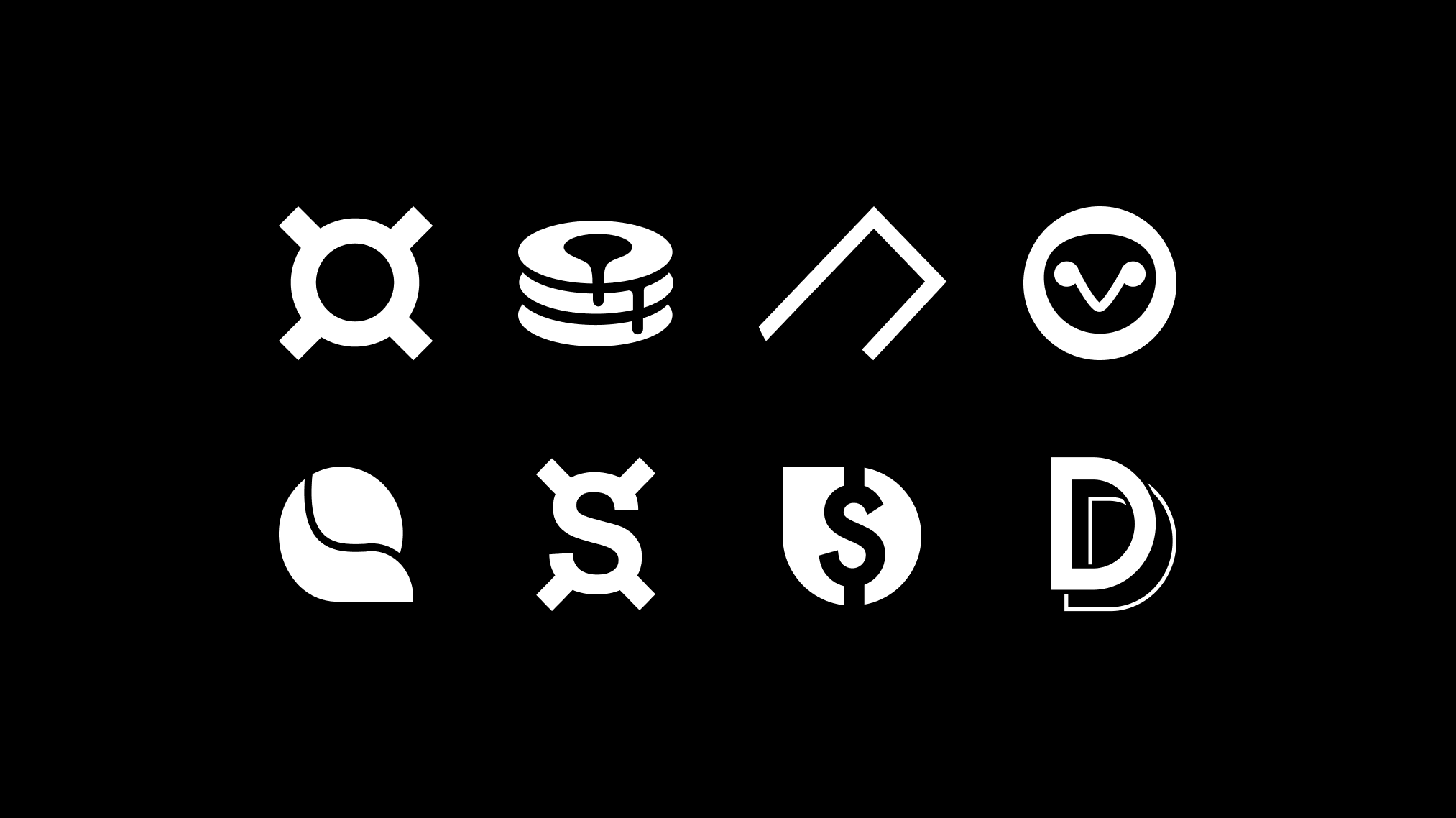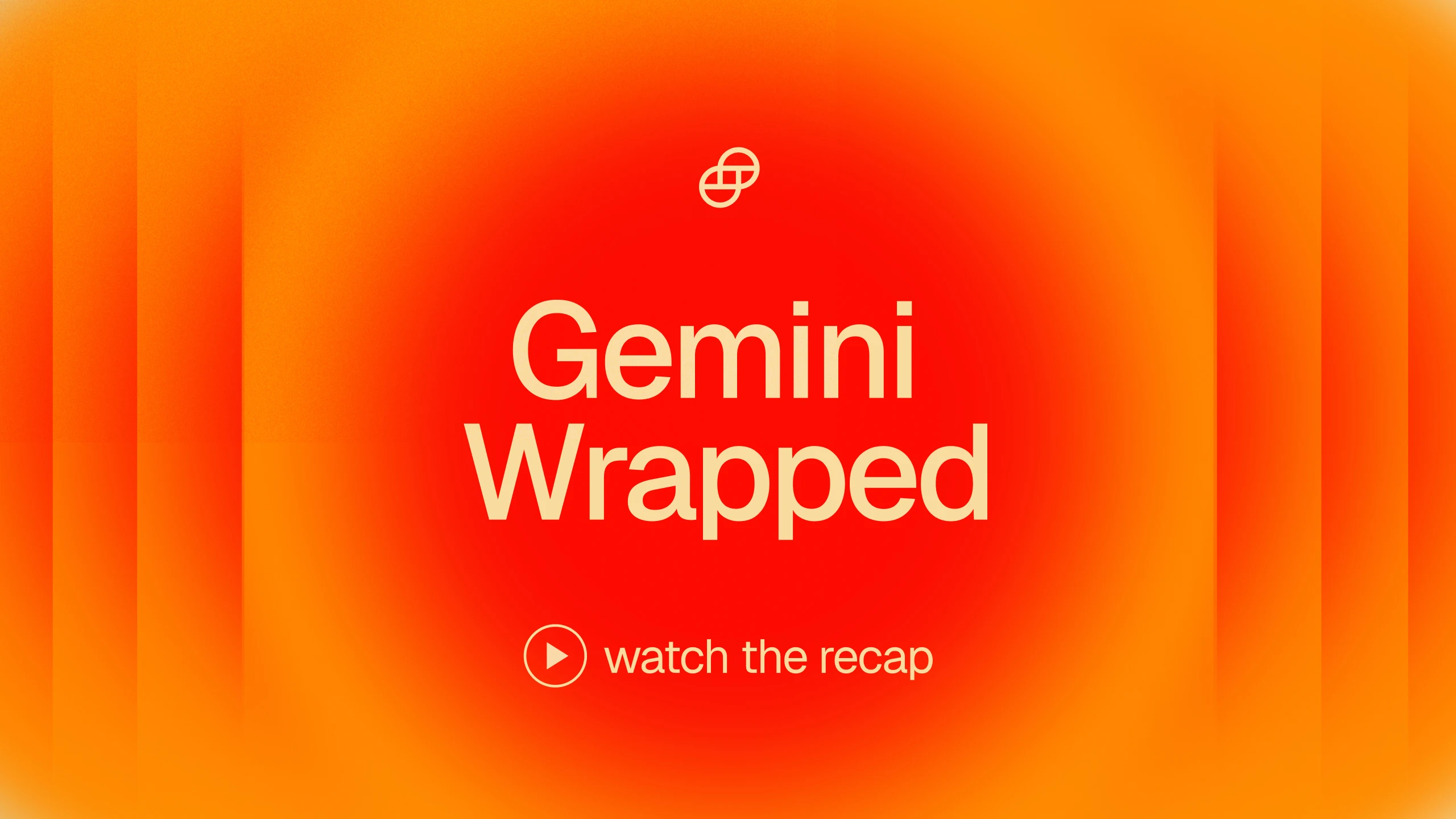MAR 29, 2022
Gemini Now Supports Maple Finance (MPL), DeFi Pulse Index (DPI), Index Cooperative (INDEX), and More

We are thrilled to announce support for a new set of tokens!
The following tokens are now available for trading on our API/FIX and ActiveTrader applications for USD trading pairs, and on the Gemini Mobile App and website for USD, GBP, EUR, CAD, SGD, HKD, and AUD pairs:
The tokens below are now available for limit-only trading on our API/FIX and ActiveTrader applications for USD, with trading on our mobile app and website for USD, GBP, EUR, CAD, SGD, HKD, and AUD pairs to open on a rolling basis once liquidity requirements are met:
All the tokens above are also available for custody on Gemini.
Follow our Twitter account for real-time trading support updates.
With the addition of these new tokens, we now offer support for more than 100 tokens! Learn more about all the tokens we support, and more, .
We believe these tokens will provide value to our users as we continue to support the growth of the DeFi ecosystem. We look forward to supporting new crypto projects on our mission to unlock the next era of financial, creative, and personal freedom.
Onward and Upward!
Team Gemini
Updated: April 5, 2022
 Maple Finance (MPL)
Maple Finance (MPL)
MPL is an ERC-20 token built on the Ethereum network. Primary use cases include governance, staking, and pool cover. Lenders who interact with Maple Finance pools receive MPL-LP tokens, which can be staked to earn rewards in MPL. Maple Finance is an institutional borrowing and lending protocol. Every pool created on Maple has its own set of parameters that define various aspects of the pool, including the asset being lent to the pool, the fee structure, the capacity of the pool, who can access the pool, and lockup period, among others. Each pool on Maple Finance has a dedicated “Pool Delegate,” who performs diligence on the pool, negotiates terms with borrowers, and is tasked with liquidating the pool should there be a default. .
 DeFi Pulse Index (DPI)
DeFi Pulse Index (DPI)
DPI is an ERC-20 token built on the Ethereum network. DPI can be redeemed for a basket of assets on the Ethereum network, that could include tokens like Uniswap (UNI), Aave (AAVE), and Maker (MKR). DeFi Pulse Index (DPI) is an index product provided by . DPI is a capitalization-weighted index that provides investable access to DeFi. The index includes large DeFi governance tokens, covering the major DeFi exchanges, lending protocols, and more. .
 Index Cooperative (INDEX)
Index Cooperative (INDEX)
INDEX is an ERC-20 governance token built on Ethereum. INDEX holders can vote on various issues including fees, new products, team composition, and treasury management. Index Cooperative enables exposure to multiple assets through index products, including the , Metaverse Index (MVI), the Data Economy Index (DATA), and the Bankless DeFi Innovation Index (GMI). It also allows users to a) mint and redeem products at will, b) provide input on the composition of indices, and c) have insight into the composition of different products. .
 Ribbon Finance (RBN)
Ribbon Finance (RBN)
RBN is an ERC-20 governance token compliant with the Ethereum network. RBN holders can engage in governance by voting on proposals or making their own vaults and trading strategies. RBN can also be used to provide liquidity incentives and staking rewards for vaults. RBN can be further used as a way to mitigate black swan events, and RBN stakers insure losses beyond an agreed-upon threshold that differs by vault. Ribbon Finance is a decentralized platform that provides crypto traders with access to structured products that seek to drive yield. Ribbon Finance vaults include support for AAVE, ETH, USDC, wBTC, stETH, yvUSDC, AVAX, and SOL. .
 Liquity (LQTY)
Liquity (LQTY)
LQTY is an ERC-20 token built on the Ethereum network. LQTY is used for staking on the Liquity platform; as well as for incentivizing front-end operators. Liquity is a borrowing and lending protocol where users can obtain loans of Liquity’s USD stablecoin, LUSD, by staking collateral. In contrast to competitors like MakerDAO, Liquity loans carry a 0% interest rate but charge a fee for loan creation. The minimum loan size on Liquity is 2,000 LUSD. Whereas Liquity itself does not provide a frontend interface to interact with the protocol, it offers its native utility token, LQTY, to incentivize the development of frontend interfaces by third parties. .
 Liquity USD (LUSD)
Liquity USD (LUSD)
LUSD is a USD-pegged ERC-20 token compliant with the Ethereum network. Liquity users can mint LUSD by depositing crypto onto the platform as collateral. Liquity is a borrowing and lending protocol where users can obtain loans of the Liquity USD stablecoin, LUSD, by staking collateral. In contrast to competitors like MakerDAO, Liquity loans carry a 0% interest rate but charge a fee for loan creation. The minimum loan size on Liquity is 2,000 LUSD. To obtain a loan, users deposit ether into a “trove.” Whereas Liquity itself does not provide a frontend interface to interact with the protocol, it offers its native utility token, LQTY, to incentivize the development of frontend interfaces by third parties. .
 Frax Share (FXS)
Frax Share (FXS)
FXS is an ERC-20 token built on the Ethereum network. Its primary uses include governance, minting, staking, and redeeming FRAX, as well as providing liquidity incentives. To participate in Frax Finance governance, FXS can be locked in vote-escrowed FXS (“veFXS”), where voting power increases the longer a token is locked. Frax Finance is a decentralized lending platform which issues the FRAX stablecoin. Frax Finance algorithmically sustains the value of FRAX through the use of fractional collateral reserves. The collateral used on Frax Finance is split between an accepted collateral (e.g. stablecoins) and Frax Finance’s governance token, FXS. The collateralization ratio for FRAX changes based on its price. .
 Frax (FRAX)
Frax (FRAX)
FRAX is an ERC-20 token compliant with the Ethereum network. It is an algorithmic stablecoin that aims to maintain a 1 USD peg. Frax Finance is a decentralized lending platform which issues the FRAX stablecoin. Frax Finance algorithmically sustains the value of FRAX through the use of fractional collateral reserves. The collateral used on Frax Finance is split between an accepted collateral (e.g. stablecoins) and Frax Finance’s governance token, FXS. The collateralization ratio for FRAX changes based on its price. .
RELATED ARTICLES

COMPANY
DEC 23, 2025
Gemini Predictions™ Launches New Sports and Politics Contracts

COMPANY
DEC 23, 2025
BNB Coin Is Now Available On Gemini

COMPANY
DEC 23, 2025